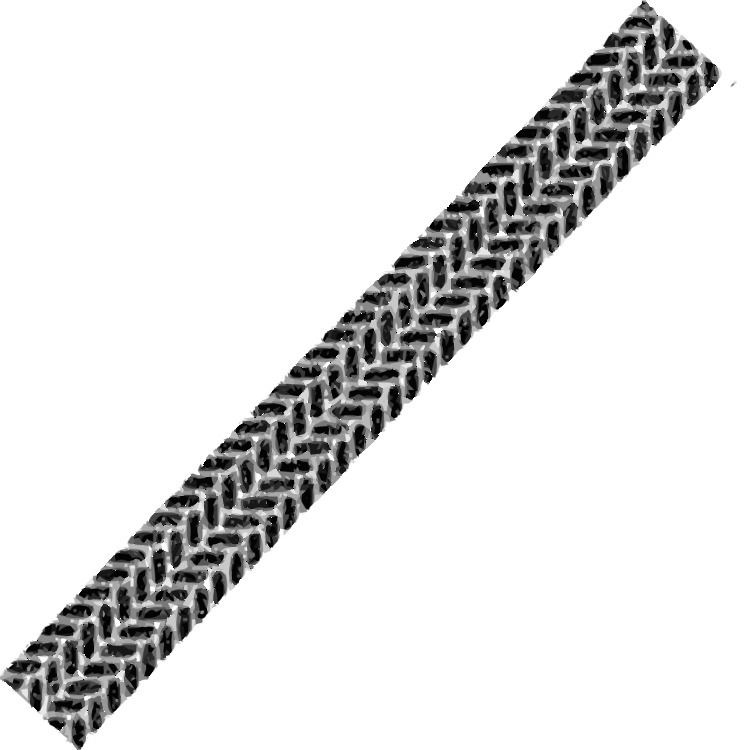 | ||
A skid mark is the visible mark left by any solid which moves against another, and is an important aspect of trace evidence analysis in forensic science and forensic engineering. Skid marks caused by tires on roads occur when a vehicle wheel stops rolling and slides or spins on the surface of the road. Skid marks can be analyzed to find the maximum and minimum vehicle speed prior to an impact or incident. Skidding can also occur on black ice or diesel deposits on the road and may not leave a mark at all.
Contents
Characteristics
Skid marks are divided into "acceleration marks" created on acceleration, if the engine provides more power than the tire can transmit; "braking marks," if the brakes "lock up" and cause the tire to slide; or "yaw marks", if the tire slides sideways. Each has a characteristic appearance, and an experienced accident reconstructor or forensic engineer can often determine what the vehicle was doing by examining the marks left by the tire.
Contrary to popular belief, skid marks are not caused by pieces of rubber from the tire being deposited on the road because friction heats up the tire. Skid marks are actually bituminous oils in the asphalt that are heated because of the friction of breaking or accelerating and rise to the surface, leaving dark marks. This is why the marks fade. Within one hour, 3-4% of the mark has already faded.
Skid marks will vary depending on whether the car uses ABS or not. If not, there will be two lines. The darker marks on the outside are from the front wheels, while the back tires leave thinner marks. This is because the force exerted on them makes the wheels take on a conical shape. If the car uses ABS, the marks will be much fainter as less heat is produced by the release-stop mechanism of ABS. Scuff marks may be visible however with ABS.
Skid marks can also be formed where a ladder suddenly slips and the user falls to the ground, especially if the ladder feet are faulty or absent. Loss of the rubber feet or foot causes the aluminum stile to make contact with the ground, and if a hard surface like concrete or tiling, a skid mark shows how and why the ladder slipped.
Accident reconstruction
Such marks are important evidence for vehicular accident reconstruction, when their size and shape can reveal much about vehicle speed and forces of acceleration or deceleration. They are one form of trace evidence. They represent a form of contact evidence produced according to Locard's exchange principle. The length of the skid mark is usually closely related to the vehicle speed at the instant of braking, so measuring the marks yields an estimate of original speed.
